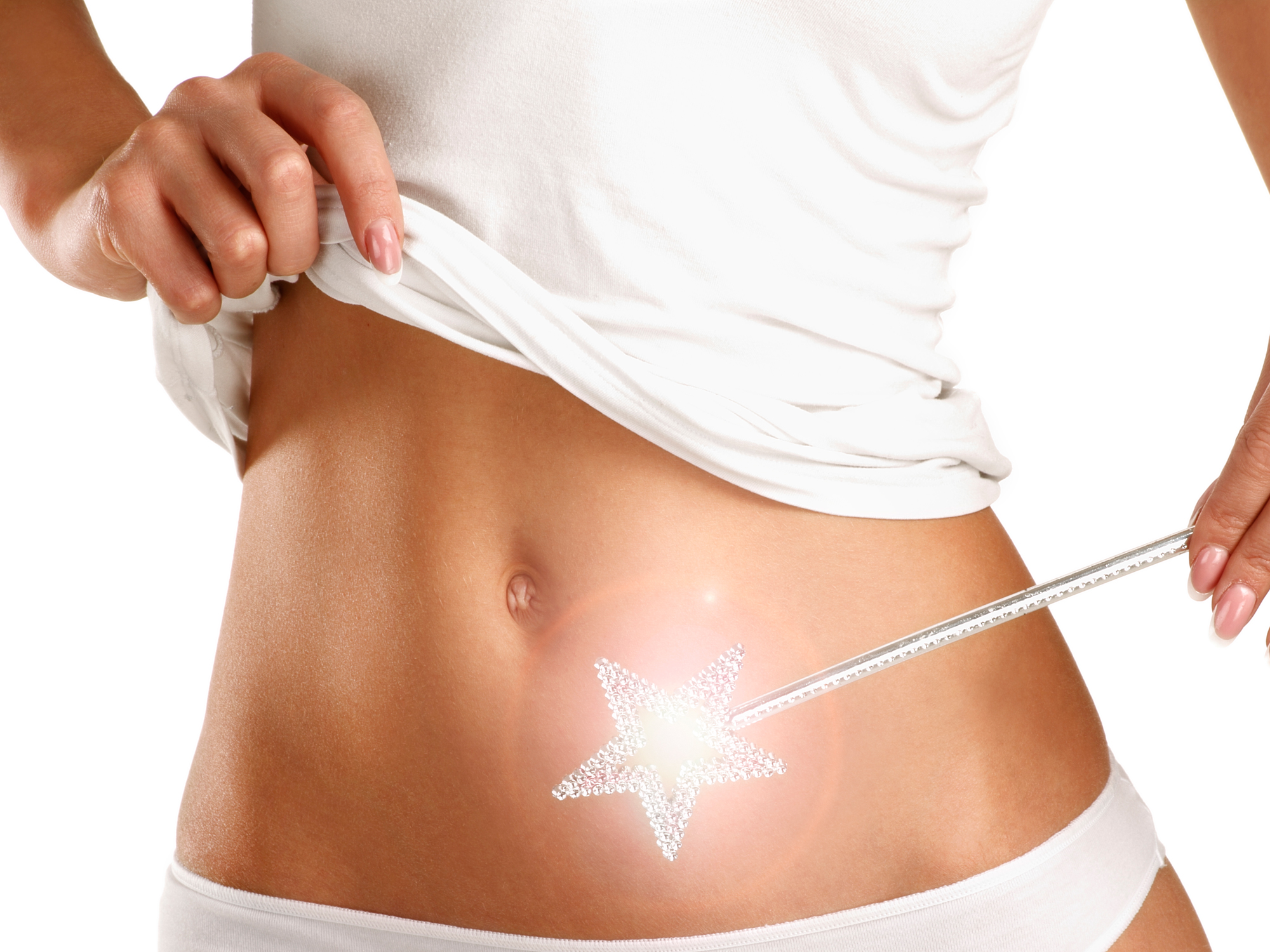Get Easy Health Digest™ in your inbox and don’t miss a thing when you subscribe today. Plus, get the free bonus report, Mother Nature’s Tips, Tricks and Remedies for Cholesterol, Blood Pressure & Blood Sugar as my way of saying welcome to the community!
Resetting your gut for total body health

Cleansing the gut is as crucial to gut health as removing the old oil from your automobile before adding the new oil.
Just imagine returning your gut, intestines and colon lining to the pristine condition you had it in when you were a child — clean, pink and functioning optimally. You can do this… with a cleanse and by following steps to re-introduce foods that boost your colon health. And here’s why you should…
If you have any symptoms of chronic illness, anywhere in your body, the gut is where we begin the healing process. Here are some of the worst offenders for causing chronic illnesses…
Leaky gut syndrome
The name sounds crude, but this really common condition may exist in over 90 percent of the adult U.S. population due to poor nutrition choices, toxins, medications, and stress.
Leaky gut syndrome causes inflammation in the body. What happens in leaky gut syndrome is this: the tight cellular junctions lining the small intestines get holes in them and they begin to allow undigested proteins and foreign microbials (viruses, bacteria, mycotoxins, yeast, fungus, and parasites) to pass through into the blood stream unchecked.
Tennis court-sized villi
The small intestine is where most of the nutrition you take in gets into your blood stream — via the villi. The villi are the hills and valleys of surface area your body uses to block bad bugs and particles and to allow good nutrition in. If we spread out the villi of an average adult so it was flat it would equal the square footage of a tennis court (that’s playing doubles not singles). Imagine hundreds of “holes” in your villi allowing bad particles in, including infectious bugs, providing poor digestion and even worse assimilation (passing of vitamins, minerals, and micronutrients into the cells). This condition of “Leaky Gut” is what generates the condition of chronic illness, upsetting all the systems of health in the body.
But we must do all 4 R’s of Gut Healing I mentioned in my last post to correct the problem. For a quick review, the 4 R’s of Gut Healing are:
- Remove – via Cleanse, & Re-Introduction of food groups
- Replace – Digestive Enzymes (before and with meals)
- Restore – 2-3 Wks Pre-biotics (3g/day); 2 Billion (minimum) Probiotic count (Phlora-Syn, 1-3 mos)
- Repair – Zn, Cu, Mg, Se, K, Mn, Cr, L-Glutamine, Omega 3, B’s (methyl) esp. B5 + Biotin. (1-2 mos) Col-Trax, Di-Gessta (1-2 mos)
In the cleanse and re-introduction of food groups we will focus on what to eat for the next 30 days. Following the outline, you will know what to eat and you won’t have to worry about what to not eat. If it’s not on the list, don’t eat it. The cleanse will solve the first 2 steps (remove and replace) of gut healing, with the exception of adding some digestive enzymes for about a month.
Healthy eating takes time — for preparation, chewing and swallowing. Enjoy this process by eating in gratitude, realizing this is the beginning of the undoing of years of unhealthy habits. Allow the body to heal and you will be amazed at how great you will begin to feel!
The cleanse
For three days, eat only the following:
- Breakfast: Watermelon (up to 2″ slice; get full) — in season. Out-of-season, eat berries — blueberries, blackberries, raspberries (but not strawberries).
- Lunch: Salad (unlimited) with Salad Dressing (up to 2 Tbs) — see salad recipe in Food prep section below.
- Then, ½ hour after Salad, eat a prepared fist-sized red Beet. Beets are great for cleansing the kidneys. Be prepared to see red in your urine and stool. This is normal. See how to prepare beets in Food prep section below.
- Dinner: Repeat Lunch
- Eve: At least 2 hrs after dinner and before bed, repeat Breakfast with watermelon (or berries).
3 things to consider — water, herbal teas and protein
Water (Day 1 and forever)
Drink enough water. If you feel hungry, always drink water first, then wait 20 minutes and see if you are still really hungry. You may have just been dehydrated. If you are hungry, eat. Throughout your life, consider drinking at least 8 oz of water before every meal (drink only up to 4 oz. with meals to optimize digestion).
A good rule of thumb for lifetime purified water consumption is to drink a minimum of ½ your body weight in ounces, per day. Drink more water if you are working out or are in extreme heat.
Herbal Teas (Day 1 and forever)
Please buy some herbal teas to consume each evening around 7 or 8pm instead of a dessert or evening snack. You may also consider a good mineral whey protein powder drink in the evening. For an even more complete cleanse, use Triphala (one source is znaturalfoods.com) — 1/4 to 1/2 tsp dose with water or herbal tea. No food after this before bed. You may consume as much water or tea after this before retiring as you like.
Protein (Day 4, on)
Get enough protein! If you are working out, cut back to about ½ of the energy output and intensity of your regular work-outs. Now, make sure you get enough protein and your carbs for breakfast will last 3 to 4 hours instead of 1.5 hours. You will also feel better throughout the day. Dieters who don’t get enough protein usually do poorly in the long run because their muscle breaks down from not enough protein. In a future article I will give you guidelines to optimize protein intake for you as an individual.
An idea for now, consider 2 scoops (28 grams) hemp (50% protein) powder as a supplement, or a combination of pea protein powder (1 scoop) and brown rice protein powder (1 scoop). One source for all three powders is znaturalfoods.com
On day 4 you can start having smoothies. Combine your protein powder with fruit and purified water. It’s fast, easy and nutritious.
Food preparation & recipes:
Beet preparation — 3 choices
- Cook 6 beets (enough for 1 person to consume 2/day for three days). Cook in oven at 375 degrees in a casserole dish with the juice of 1 or 2 limes or lemons.
- Bake them like potatoes. May also include light sea-salt.
- Crock pot with about 1.5 inches of water at the bottom on high for 2 to 3 hours.
The Cleanse Salad Recipe
- Start with a large serving bowl:
- Add Leafy greens – Including… (To fill up the bowl)
- Kale (both curly and non-curly Lucinato) the darker the greens, the better
- Collard Greens
- Swiss Chard
- Baby Spinach
- Romaine Lettuce
- Arugula
- Purple Cabbage
In smaller quantities and smaller sizes to preference…
- Parsley
- Bok Choy
- Cilantro
- Mustard Greens (Optional) (Proportionately less)
- Onions (any kind – I usually get red, purple and green)
- Celery
- Cucumbers
- Tomatoes
- Mushrooms
Beginning on Days 4-6, add all colors of peppers (red, yellow, orange, green and hot peppers)
You may add hot peppers to boost metabolism.
You can use any or all of these in your salads. Change it up, if you like, from day to day. I like to use peppers in every salad because it adds color – increasing phytonutrients, anti-oxidants and flavor. One goal is to get as many colors in my salad daily as possible — white, purple, green, yellow, orange, and red.
These are the things you get to put in your cleanse salad. Follow the Re-introduction of food groups to know when you may add more things to your daily salads like tomatoes, carrots, seeds and nuts, feta cheese, green olives and avocados.
Salad dressing recipes
Lemon Vinaigrette
- 1 cup Fresh Lemon Juice/Lime Juice
- Zest of 1 Lemon
- 1/4 Cup Balsamic Vinegar
- 1/4 Cup Olive Oil
- 2 Tbsp Horseradish (or Dijon) Mustard
- 2 cloves fresh Garlic, minced or pressed
- ¼ Cup Honey
- Blend until Smooth (Add water for desired consistency)
Raspberry Vinaigrette
- 1/4 Cup Olive Oil
- 1/2 Cup Balsamic Vinegar
- 3 Tbsp Lemon Juice
- 1/3 Cup Honey
- 1 inch Slice of Onion
- 5 Stalks of Organic Celery, chopped
- 3 or 4 Cups fresh or frozen Raspberries
- Fresh ground Pepper to taste
- Blend until Smooth (Add water for desired consistency)
Re-Introduce of food groups
- (Days 4-6) Broader variety of Vegetables (including nightshades), Onions, Mushrooms; Berries.
- (Days 7-9) Some starchy vegetables (Peas, Sweet Potatoes, Yam). Vegetables best eaten after noon.
- (Days 10-12) More fruits (Citrus, limit to 1/day). Fruits before Noon.
- (Days 13-15) Nuts and Seeds — Almonds, Walnuts, Pecans, Cashews, Pumpkin seeds, Sunflower seeds.
- (Days 16-18) Lentils and Beans — Lentils have more protein and less carbs than beans!
- (Days 19-21) Grains (gluten-free) — Quinoa, Brown Rice, Oats, Buckwheat, Amaranth, etc.
- (Days 22-24) Eggs (Source of Phospholipids, Inositol for mood balance and cognitive function, etc).
- (Days 25-27) Whey — as Protein Powder (pure source, NO Artificial Sweeteners — this includes Sucralose! Read the Label.
- (Days 28-30) Yogurt — as a source of live probiotics and protein (great snack ingredient; with fruit or nuts)
- (After Day 30) Fermented Foods — as a source of probiotics, pH balance for microbiome health (Kefir, Kambucha, Sourkrout, etc. Learn to ferment your own vegetables — See future article). Take your probiotics for at least the first 30 days.
Re-introduction process:
For the first two days of each three-day phase, add the next food group from the list. The third day is to clear the gut and GI system while noting if there are any food sensitivity symptoms. Stop eating that food group immediately if you experience any of the food sensitivity symptoms listed below:
- Weight Gain
- Recurrence of Cravings
- Fluid Retention (swelling or puffiness of face or extremities)
- Changes in Digestion or Bowel function: Bloating, Gas, Diarrhea, Constipation, or Reflux (GERD)
- Fatigue
- Nasal Congestion
- Headaches
- Pain — Bowel, Joint aches, Muscle aches
- Brain Fog
- Mood Problems — Depression, Anger, Anxiety
- Sleep Problems — Difficulty going to/staying asleep
- Changes in Skin — Acne, Rashes, Eczema, Psoriasis, etc.












